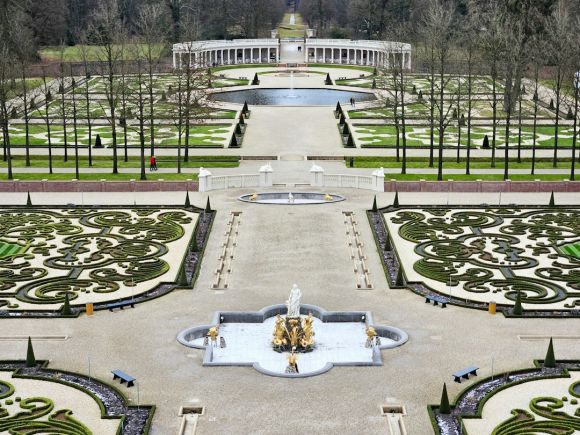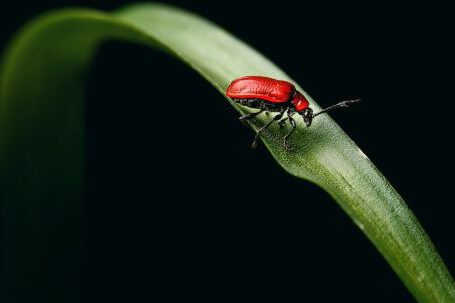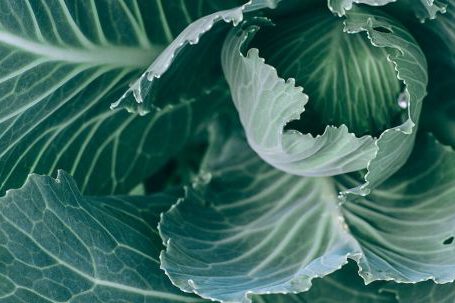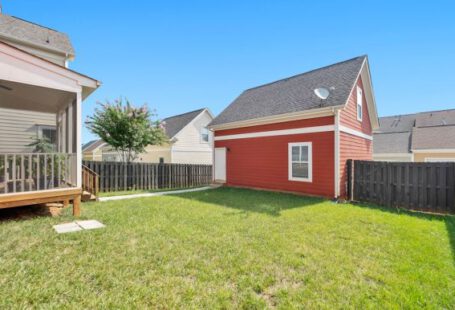Creating living borders in your garden is a great way to add structure and beauty to your outdoor space. Not only do they define different areas within your garden, but they also provide privacy and create a sense of enclosure. When it comes to choosing the best plants for living borders, there are several factors to consider, including height, width, and overall appearance. In this article, we will explore some of the top choices for creating stunning living borders in your garden.
Evergreen Shrubs: The Backbone of Living Borders
Evergreen shrubs are a popular choice for creating living borders due to their year-round foliage and versatility. These plants provide a solid structure and act as the backbone of your border. Some popular choices include boxwood, holly, and yew. These shrubs are low-maintenance and can be easily pruned into formal shapes or left to grow naturally for a more relaxed look. Their dense foliage also provides a great barrier for privacy.
Flowering Perennials: Adding Color and Texture
To add color and texture to your living borders, consider incorporating flowering perennials. These plants bloom at different times throughout the year, providing a continuous display of color. Some popular choices include lavender, salvia, and coneflowers. These perennials not only attract pollinators to your garden but also add a sense of vibrancy and life to your living borders.
Grasses: Adding Movement and Texture
For a more natural and informal look, consider incorporating ornamental grasses into your living borders. These plants add movement and texture to your garden, creating a dynamic and visually appealing border. Some popular choices include feather reed grass, fountain grass, and switchgrass. These grasses sway with the breeze and add a sense of movement to your garden, making them a great choice for creating a living border that feels alive and full of energy.
Climbing Plants: Vertical Interest
If you have a fence or wall as part of your living border, consider adding climbing plants for vertical interest. These plants not only soften the hard lines of your border but also create a lush and green backdrop. Some popular choices include clematis, climbing roses, and honeysuckle. These plants can be trained to grow up trellises or along fences, adding height and drama to your living border.
Ground Covers: Filling in the Gaps
To fill in the gaps between larger plants and create a cohesive look, consider adding ground covers to your living borders. These low-growing plants help suppress weeds and create a uniform carpet-like appearance. Some popular choices include creeping thyme, ajuga, and vinca minor. These ground covers are not only low-maintenance but also provide a splash of color and texture to your living border.
Creating a Stunning Living Border
When it comes to creating a stunning living border, it’s important to consider the overall design and purpose of your garden. Choose plants that complement each other in terms of height, color, and texture. Consider the amount of sunlight and water available in your garden, as different plants have different requirements. By carefully selecting a combination of evergreen shrubs, flowering perennials, grasses, climbing plants, and ground covers, you can create a living border that adds beauty and structure to your outdoor space throughout the year.
In conclusion, choosing the best plants for living borders requires careful consideration of height, width, and overall appearance. Evergreen shrubs provide a solid structure, while flowering perennials add color and texture. Grasses create movement and interest, while climbing plants add vertical appeal. Ground covers fill in the gaps and create a cohesive look. By combining these different types of plants, you can create a stunning living border that enhances the beauty and functionality of your garden.





